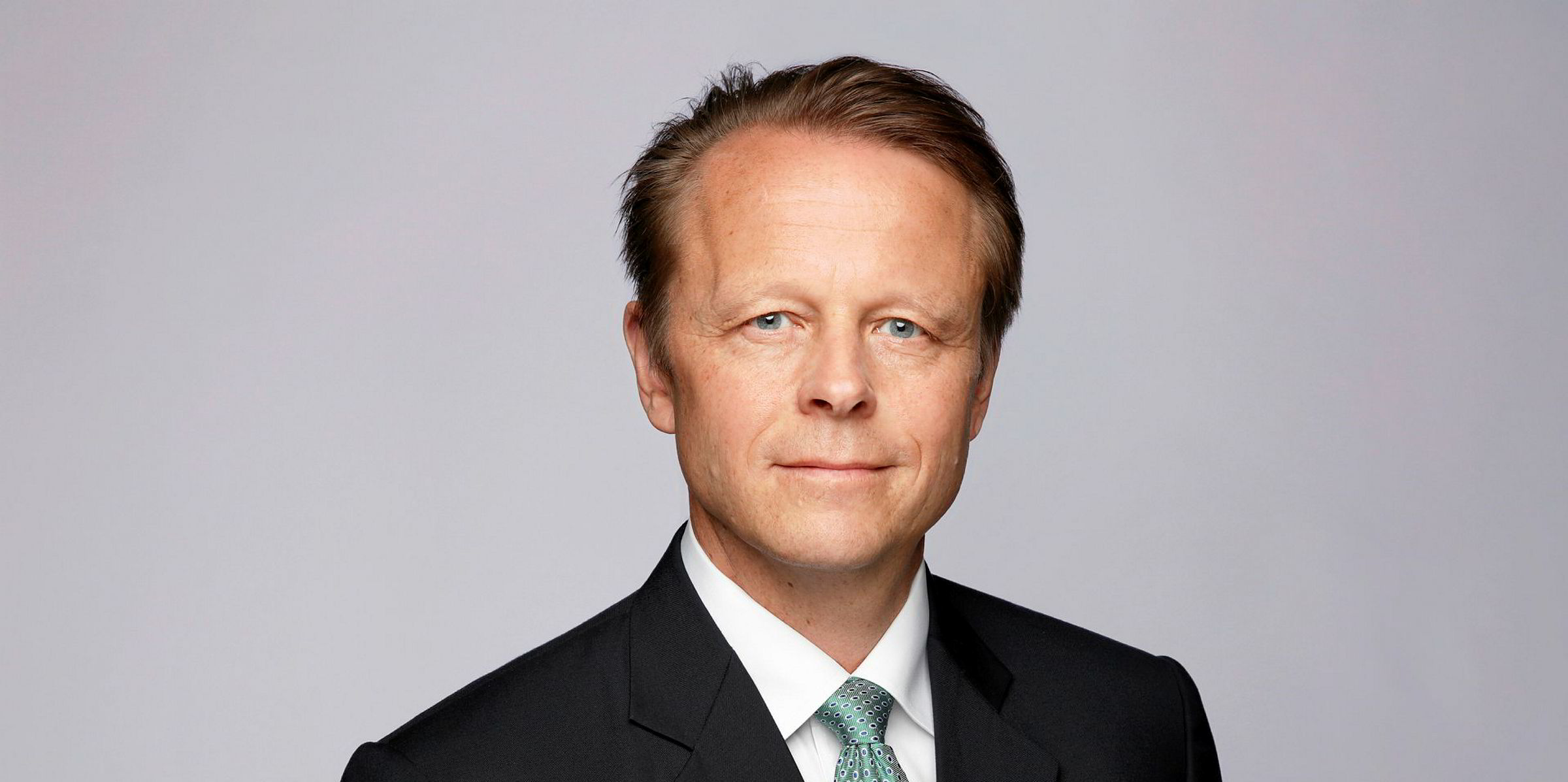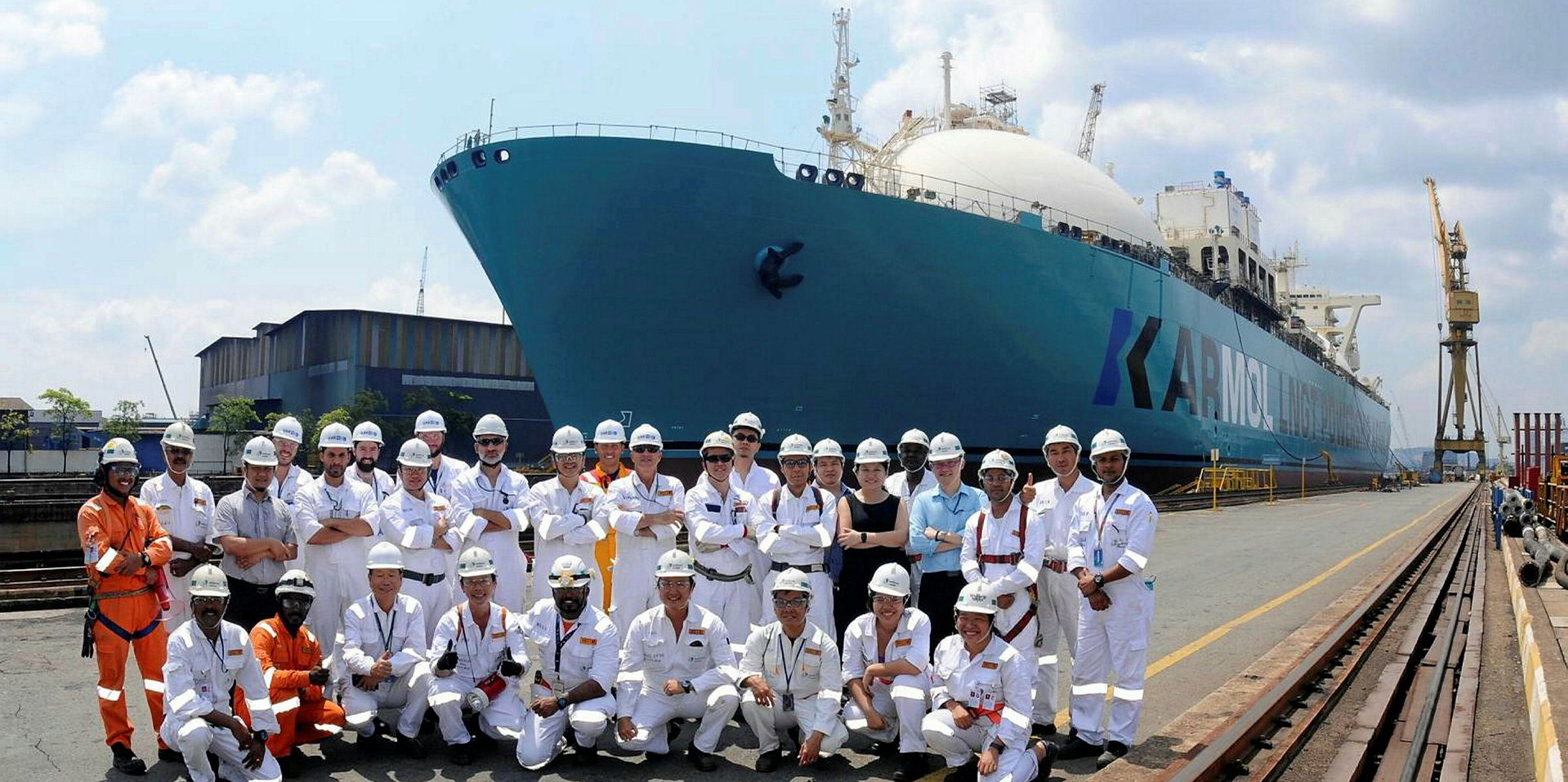The attractiveness of the FSRU-powership concept is that it can be put in place relatively quickly and at the location where the power is needed.
There are no specific regulations governing this type of project yet and often, any that are put in place are driven by the financier.
But MOL offshore director Christian Bale says a risk assessment is undertaken at each location and a wide range of factors need to be considered, such as the depth of water, prevailing climatic conditions, the accessibility of visiting LNG carriers and how they will manoeuvre.
Bespoke solutions
Tor-Ivar Guttulsrod, who is director of FSRU and FLNG at ABS Europe’s Global Gas Solutions arm, says it is hard to make LNG-to-floating-power generic as many of the projects need bespoke solutions.
Guttulsrod points out that regas capacity is linked to how much power is needed and thought needs to be given to the size of vessels used to supply the FSRU and the storage capacity available on the unit.
Guttulsrod points out that regas capacity is linked to how much power is needed and thought needs to be given to the size of vessels used to supply the FSRU and the storage capacity available on the unit.
Projects also need to ensure there are good customers for the power, with some opting for an anchor buyer and then trying to plug in smaller consumers.
US-based Power Barge Corp president David Nickerson, who has been designing and building barge-based power projects, says: “The issue with gas-to-power using LNG is all scale.”
Small to midsize
He explains that for the small to midsize power projects it might take two to three months to burn through a full cargo held on a 125,000-cbm FSRU.
But Nickerson describes the demand from power plants that want to convert to gas as “massive”. “The power market that is unanswered is in the 200-400MW range, he explains. These projects need around 0.5 million tonnes per annum of LNG but he says there is not yet sufficient small-scale LNG shipping to assist the growth of this business.






